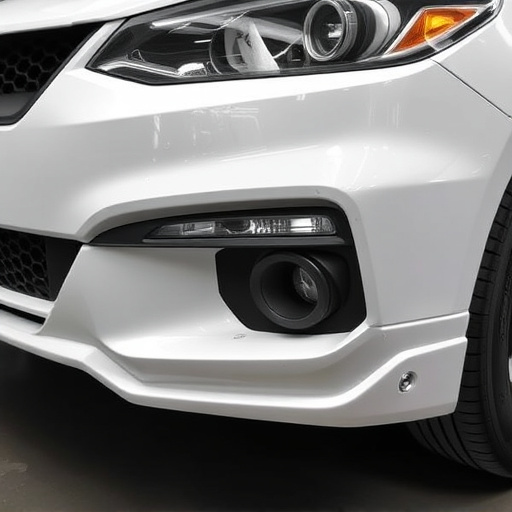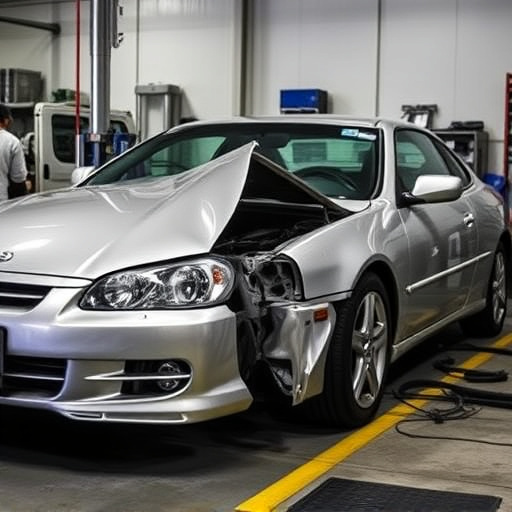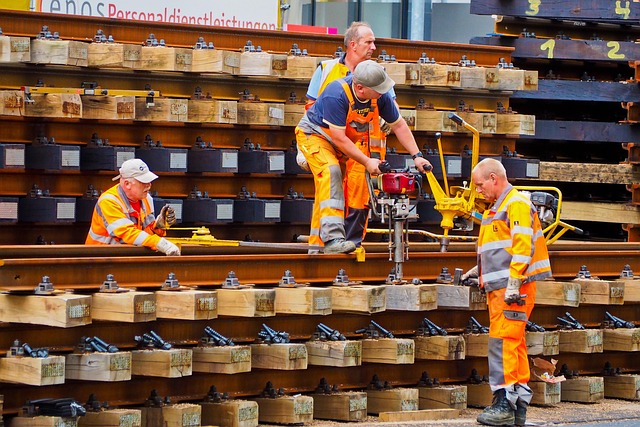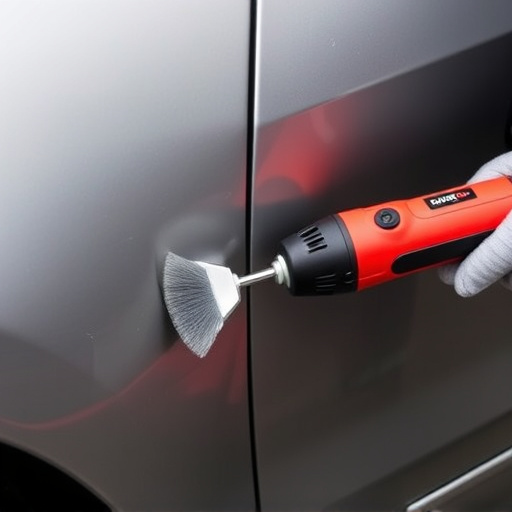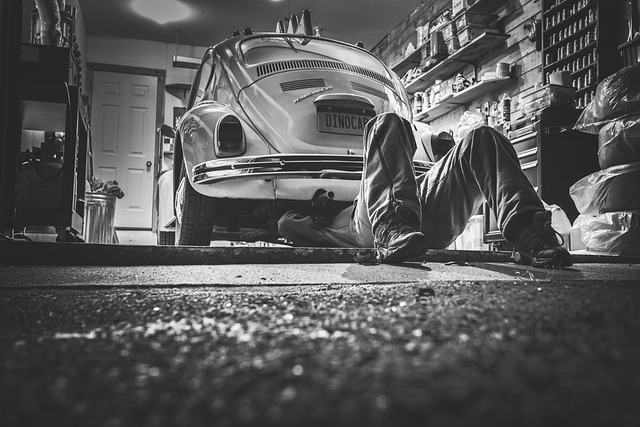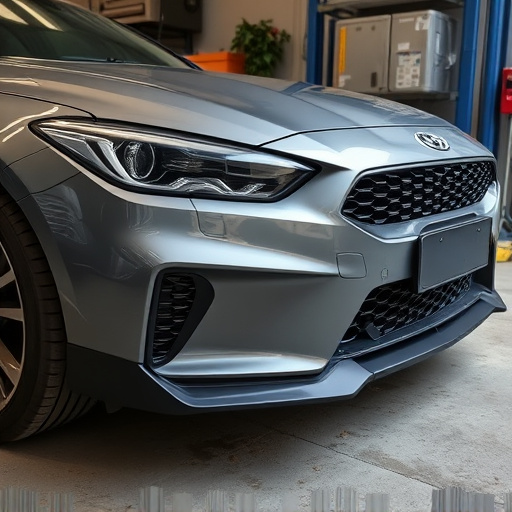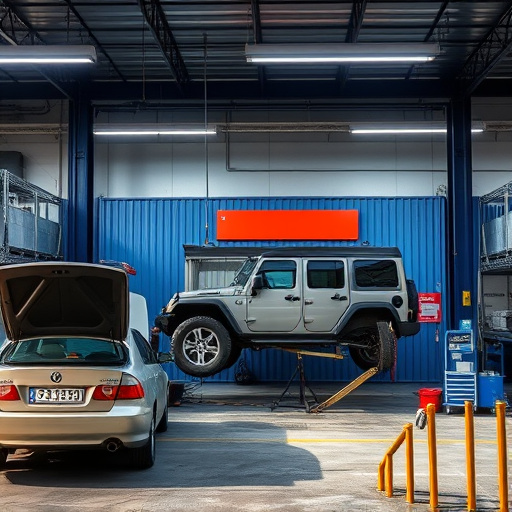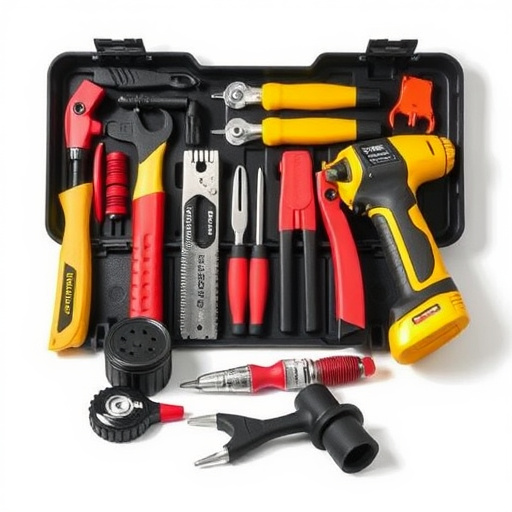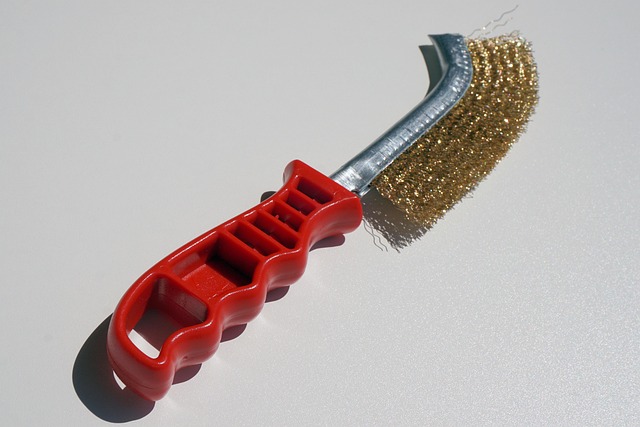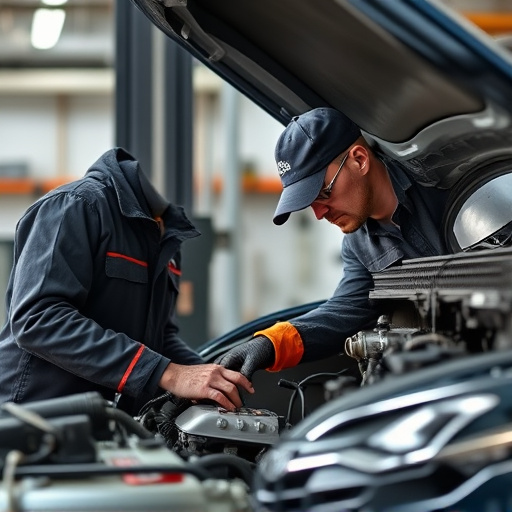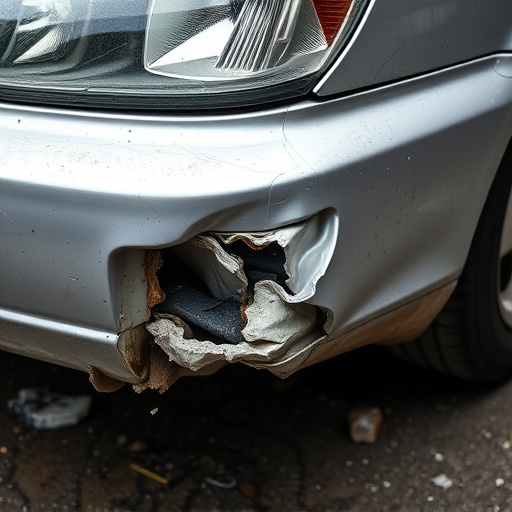Tesla major structural repair involves meticulous inspection, disassembly (if needed), and precise identification of frame alignment issues, panel replacement, and reapplication of structural adhesives. Key steps include thorough surface cleaning, specialized treatments, examining substrate for flaws, using professional tools, high-quality adhesives, laser alignment, and stress reduction equipment to ensure long-lasting, high-quality repairs matching original construction.
Tesla owners often face the challenge of major structural repairs, especially regarding adhesive reapplication. This comprehensive guide delves into the intricate process, offering a detailed understanding of Tesla’s major structural repair techniques. From surface preparation to proven best practices, we explore each step crucial for successful repairs. Learn how to navigate this complex task, ensuring your Tesla maintains its structural integrity and aesthetic appeal through proper adhesive reapplication.
- Understanding Tesla Major Structural Repair Process
- Preparing the Surface for Adhesive Reapplication
- Techniques and Best Practices for Successful Repairs
Understanding Tesla Major Structural Repair Process
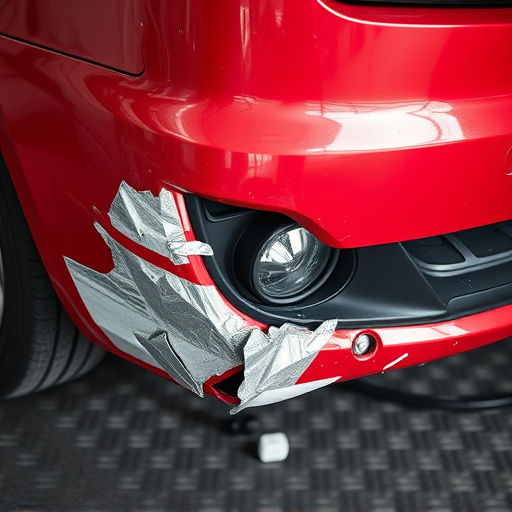
Tesla Major Structural Repair involves a meticulous process designed to address significant structural damage, often occurring after severe car collisions or accidents. This intricate procedure is crucial for restoring the vehicle’s safety and structural integrity. The initial step includes thorough inspection, where skilled technicians assess every aspect of the affected areas, ensuring no hidden damages remain undiscovered.
Using advanced tools and techniques, they carefully disassemble components, if necessary, to gain complete access to the damaged zones. This enables them to precisely identify and rectify issues related to frame alignment, panel replacement, and structural adhesive reapplication. The latter is a critical aspect where old or compromised adhesives are removed, and new ones are applied to reassemble and secure the vehicle’s body, ensuring long-lasting durability in auto body repairs.
Preparing the Surface for Adhesive Reapplication
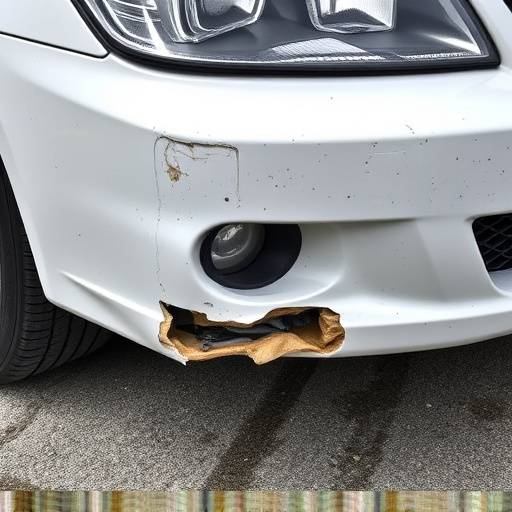
Before reapplying structural adhesive during a Tesla major structural repair, thorough preparation of the surface is crucial. This involves meticulously cleaning the area to remove any debris, dust, or previous adhesive residue. Using specialized solvents or degreasers approved for automotive use, along with mechanical methods like sanding, ensures a clean and roughened surface that promotes better adhesive bonding. Proper surface preparation enhances the longevity and integrity of the renewed adhesive bond, a critical step in restoring the vehicle’s structural integrity after damage repair, be it car damage repair, dent repair, or more extensive automotive repair work.
Additionally, inspecting the underlying substrate for any flaws or imperfections is vital. Repairing or addressing these issues before reapplication guarantees a solid foundation for the new adhesive. This meticulous process, often required in Tesla major structural repairs, aligns with best practices in automotive repair to deliver superior results that match the original quality of the vehicle’s construction.
Techniques and Best Practices for Successful Repairs
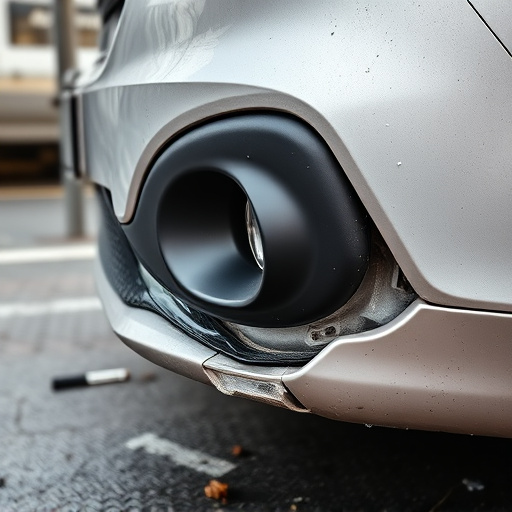
When undertaking a Tesla major structural repair, particularly with reapplication of structural adhesives, it’s crucial to leverage advanced techniques for successful outcomes. This involves meticulous preparation of the repair area, ensuring surfaces are clean, dry, and free from contaminants. Professional tools like precision sanders and degreasers can help achieve this level of cleanliness, which is essential for adhesive bonding strength.
Best practices extend to using high-quality adhesives specifically formulated for automotive structural repairs. Following manufacturer guidelines on application methods, curing times, and temperatures ensures robust bonds. Additionally, employing advanced techniques like laser alignment for precise measurements and utilizing specialized equipment for stress reduction can significantly enhance the quality of the repair, aligning with expectations for top-tier autobody repairs, especially when catering to demanding fleet repair services.
Tesla major structural repairs, involving reapplication of structural adhesives, require a meticulous process that starts with understanding the car’s design and ends with precise surface preparation. By following best practices detailed in this article, from preparing the surface to choosing the right techniques, owners can ensure their Tesla vehicles maintain their structural integrity and superior performance for years to come. This comprehensive guide empowers individuals to tackle major repairs effectively, promoting both safety and cost-efficiency.
